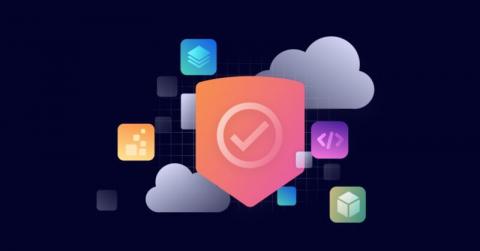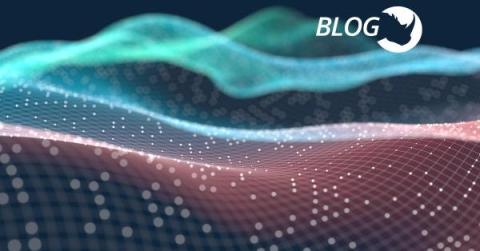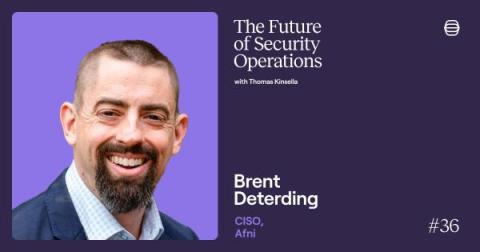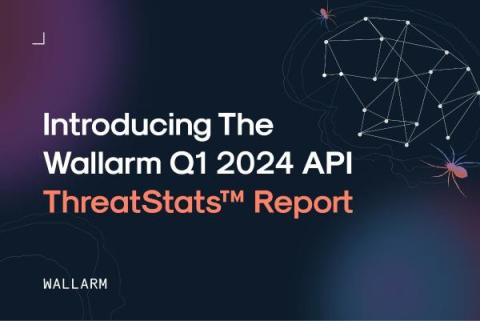Snyk CLI: Introducing Semantic Versioning and release channels
We are pleased to introduce Semantic Versioning and release channels to Snyk CLI from v.1.1291.0 onwards. In this blog post, we will share why we are introducing these changes, what problems these changes solve for our customers, and how our customers can opt-in according to their needs.











